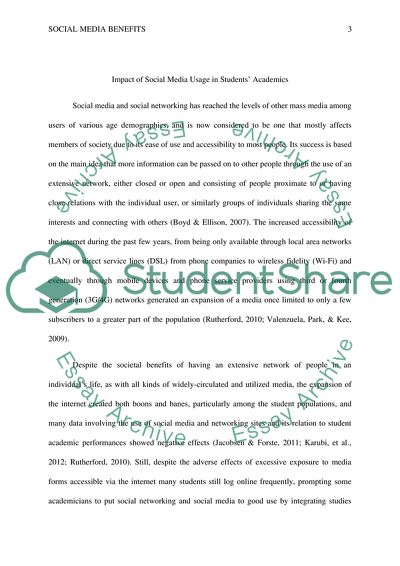Cite this document
(Impact of Social Media Usage in Students Academics Essay, n.d.)
Impact of Social Media Usage in Students Academics Essay. https://studentshare.org/sociology/1802316-the-effects-of-social-media-on-students-and-their-studies
Impact of Social Media Usage in Students Academics Essay. https://studentshare.org/sociology/1802316-the-effects-of-social-media-on-students-and-their-studies
(Impact of Social Media Usage in Students Academics Essay)
Impact of Social Media Usage in Students Academics Essay. https://studentshare.org/sociology/1802316-the-effects-of-social-media-on-students-and-their-studies.
Impact of Social Media Usage in Students Academics Essay. https://studentshare.org/sociology/1802316-the-effects-of-social-media-on-students-and-their-studies.
“Impact of Social Media Usage in Students Academics Essay”. https://studentshare.org/sociology/1802316-the-effects-of-social-media-on-students-and-their-studies.


